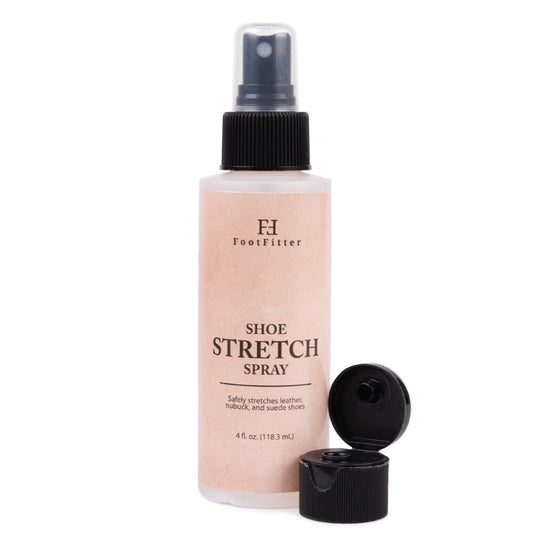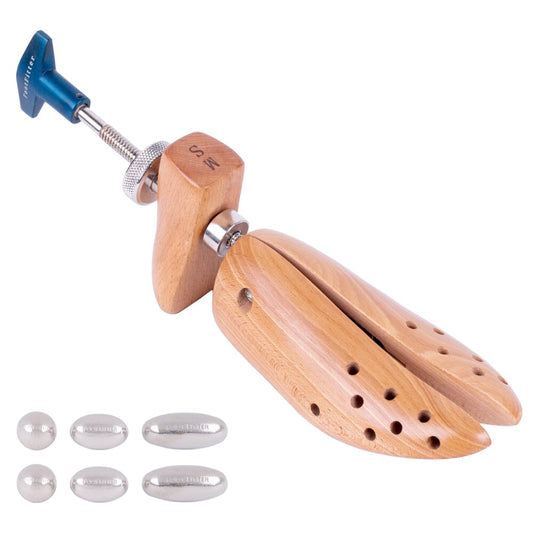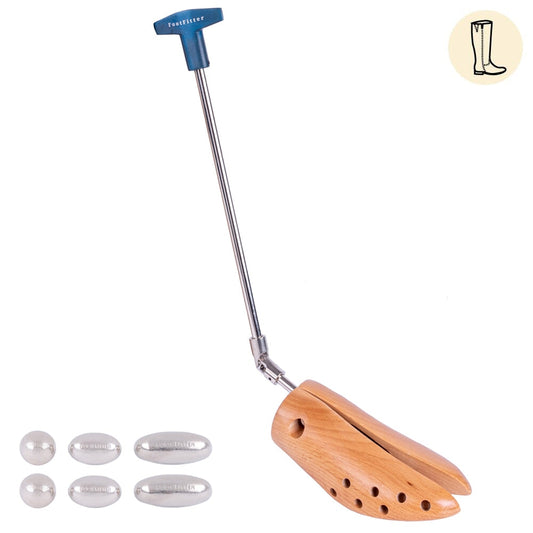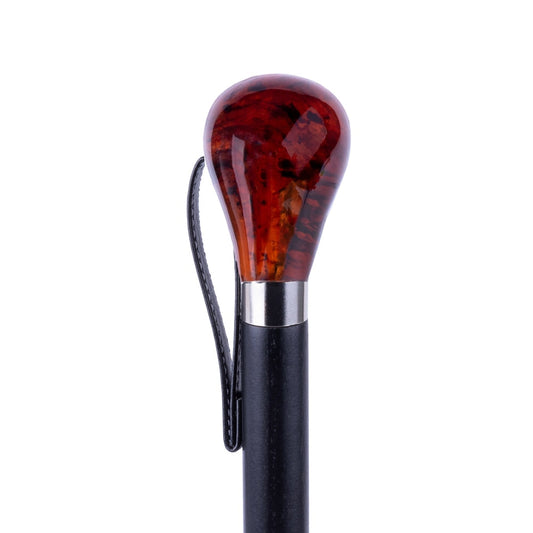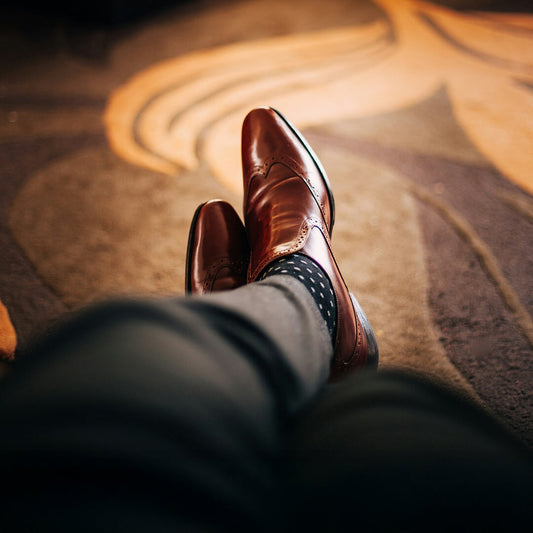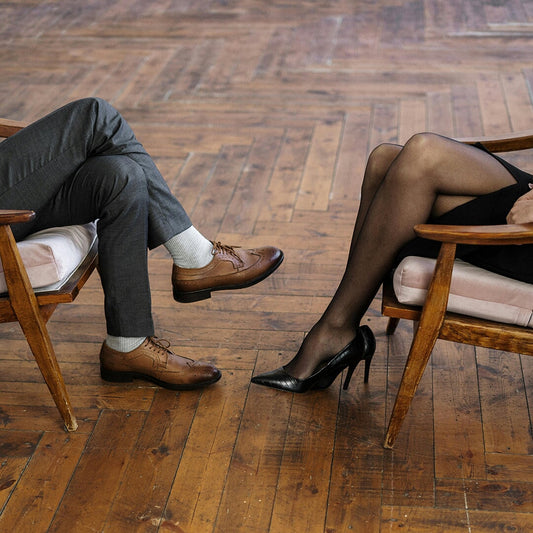
Beach Sandals: Protecting Your Feet From the Sun, Sand and Surf
Share
It’s summertime, which makes it the ideal time of year to ditch your dress shoes for a day and throw on some comfy beach sandals. After all, work can be stressful and you deserve a day (or a week) away from the office, so why not spend it relaxing in a tropical locale? However, while most of your worries can be left at the foot of the sand, your feet are still something you should keep in mind.
Beach sandals don’t have the longest wear-life. In fact, they’re typically the quickest to exit your closet compared to your other shoes. However, they do serve an important purpose in the couple months they’re around.
Choosing the right pair of beach sandals helps ensure you don’t take additional problems back home with you.
Here at FootFitter, we broke down the environmental irritants at the beach that can break down your sensitive feet and beach sandals. Keep reading to see which style of beach sandals we recommend and how best to care for them.
So, the beach is your destination this summer…

Sean Oulashin via unsplash
The beach is beautiful but there are some not-so-pretty dangers to consider. Luckily, being aware of the risks will help you improve the health of your feet.
The Sun
First off, the hot sun easily causes burns if you aren’t careful. It’s easy not to forget to apply sunscreen to your face and arms, but your feet may be harder to remember. However, it’s pertinent they aren’t left unprotected. In fact, the skin on your feet is likely one of your most sensitive areas.
Think about it, day-in and day-out your feet are protected by dress shoes or sneakers. Out on the beach, sandals can only do so much. When tanning, apply sunscreen to both the tops and bottoms of your feet so the sun doesn’t singe your soles.
The Sand
Unfortunately, the sun isn’t the only thing burning your feet on the beach. Hot sand is also a leading culprit. Unlike the sun, your sandals can help protect you against the sand.
This is especially useful considering the irritants lurking in the hot grains. With everything from sharp shells and trash to harmful chemicals and pollutants washing up on the shore from the water, the sand can be a cesspool for infectious materials. We’re positive you don’t want to pick up bacterial infections and Athlete’s Foot from your tropical vacation. Therefore, your sandals offer a needed barrier between the sand and your feet.
The Surf
While you typically don’t wear beach sandals when riding the waves, you may want to consider picking up some water shoes. Surfers face scratchy boards under their feet while swimmers have to avoid foot foes like rocks and shells in addition to jellyfish and sting rays.
Contrary to popular belief, if a jellyfish does sting your foot, don’t find a friend to pee on it. The better solution is to seek out vinegar to rinse the sting before pulling out the tentacles with tweezers. Cold water and rubbing the area can make it worse.
On the other hand, if a stingray zaps your foot, pulling the barb out in the salt water can help to disinfect the wound. The pain is typically strongest for the first 90 minutes. Finding extremely hot water immediately will help to decrease the pain and remove the venom.

Now that you know how your sandals can help at the beach, it’s important to pick a pair that will be more of a flip-flop than an actual flop.
Choosing the right beach sandals

Silvana Carlos via unsplash
Sandals come in various fashionable styles but that doesn’t necessarily mean they should all become beach sandals. While the fashion sandals pictured above may look great in Hawaii against your tan, save them for the resort.
When hitting the beach, your leather and fashion sandals aren’t a great choice. Added wetness and sand can cause cracks and other damage. It’s better to go with rubber so your higher-quality shoes aren’t harmed by the environment.
While flip-flops are one option, they aren’t the only rubber option. Sure you can get a flimsy flip-flop for under $10. However, spending a little more on higher-quality rubber beach sandals will increase wear and provide additional support that won’t cause arch damage to your feet. After all, that’s the smarter decision considering flip-flops caused 27,000 injuries and emergency room visits in 2016, according to the Consumer Product Safety Commission on Emergency Room Visits.
How to care for your beach sandals
When caring for your beach sandals, the most important thing to remember is to clean and let them dry off before storing.
Using a sturdy horsehair bristle brush works well to dislodge irritants that follow you home. Using household items like detergent and vinegar also help to remove any foul odors.
main image by Gilles Seguin via unsplash

